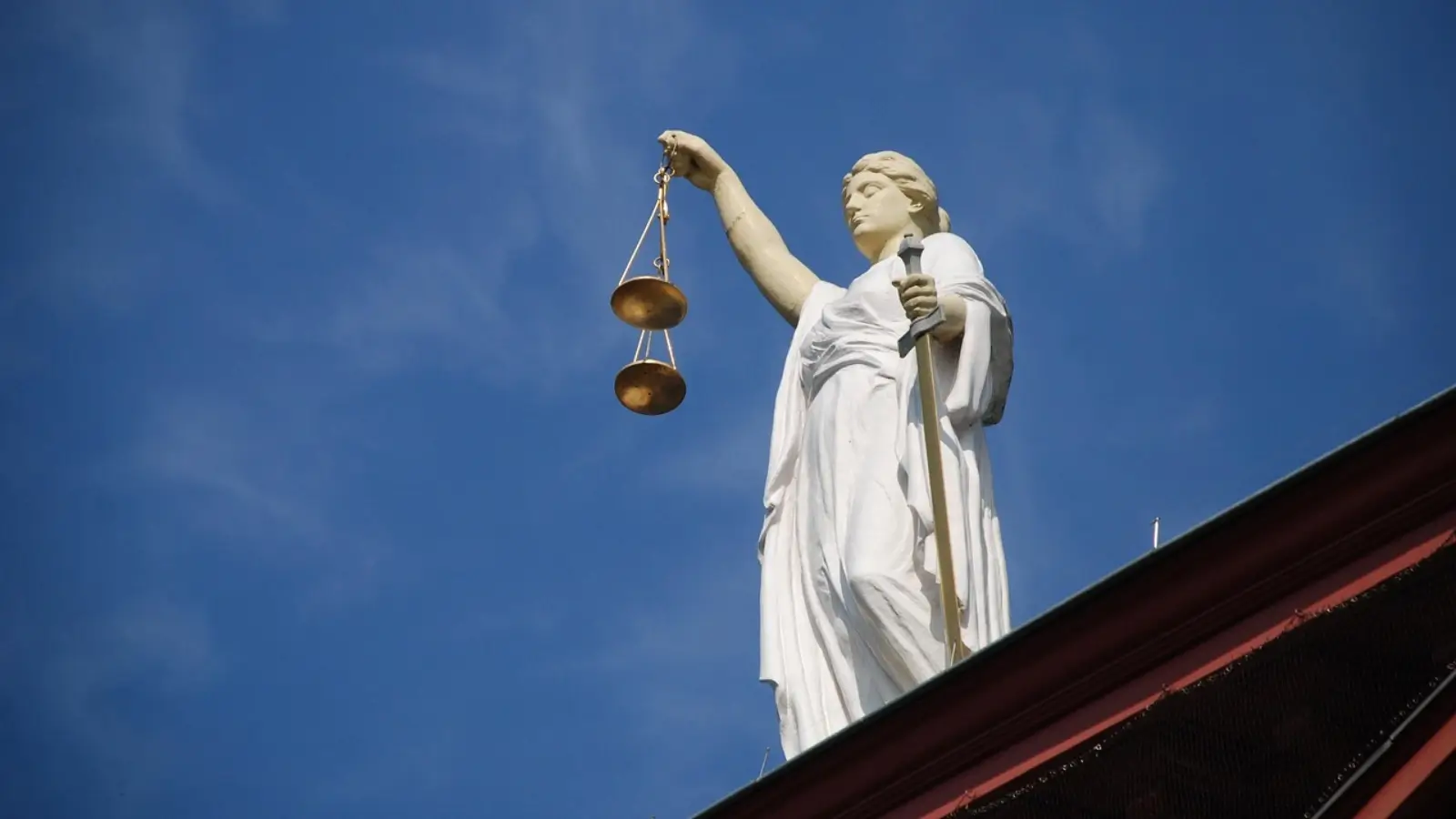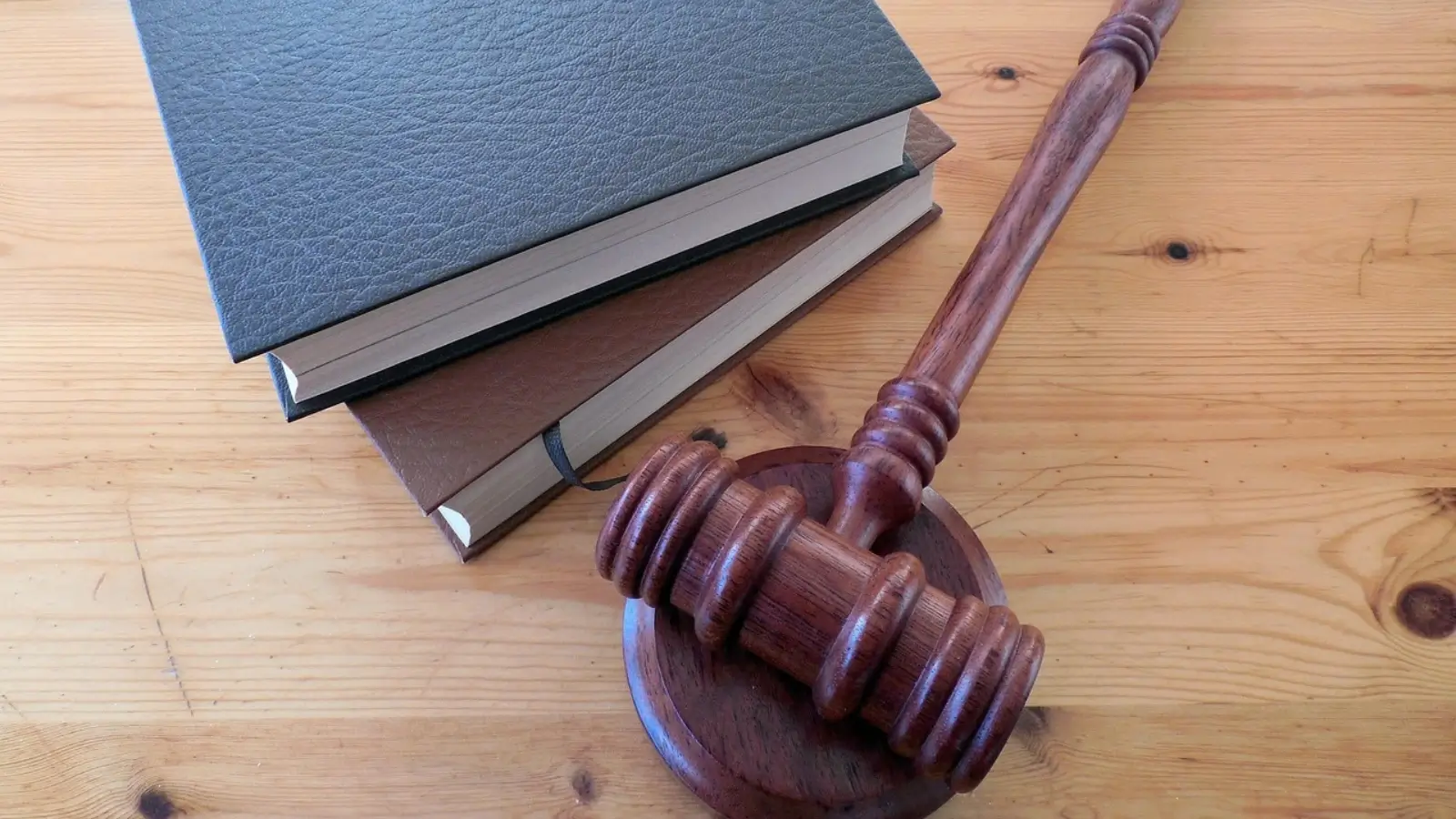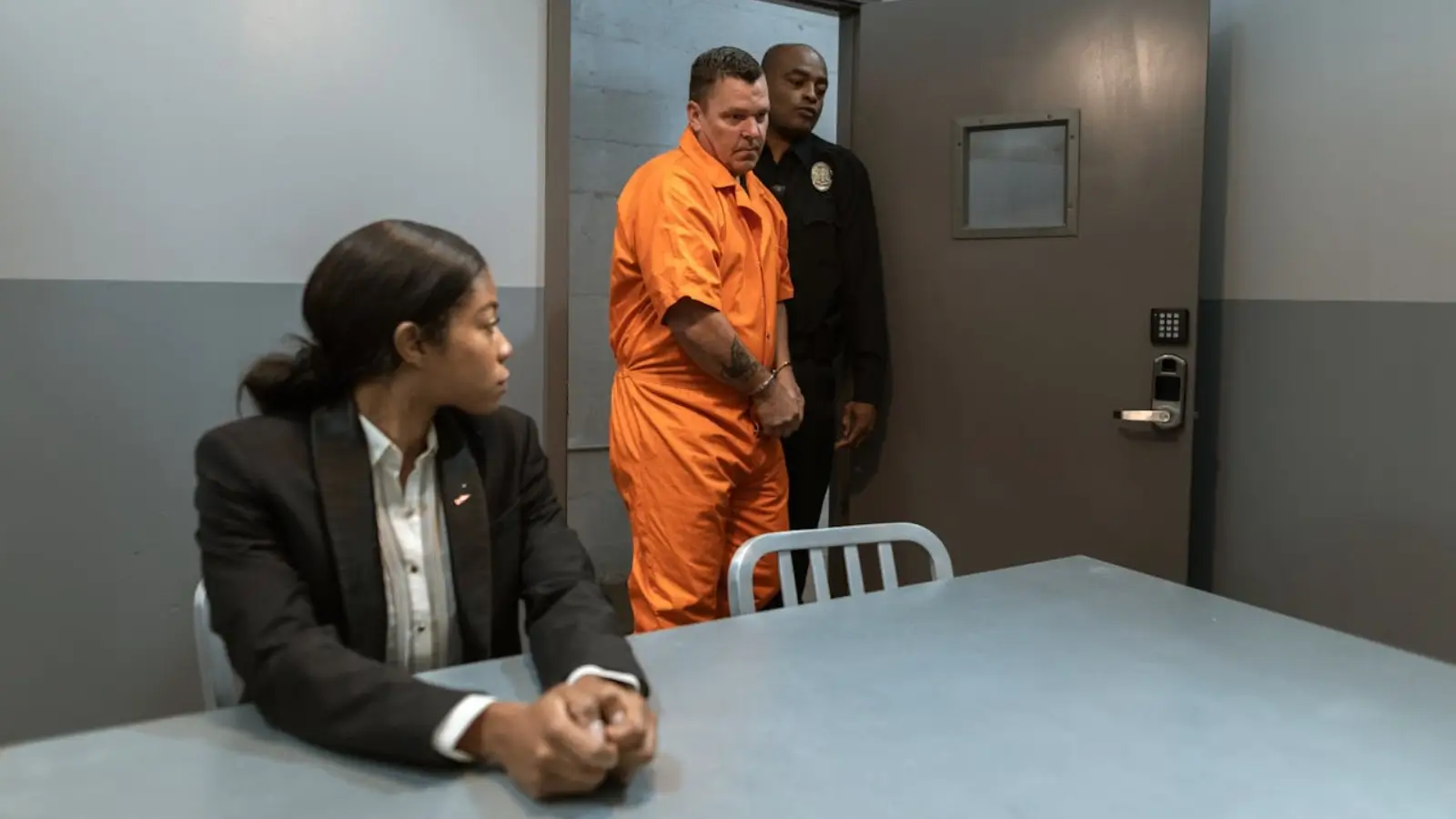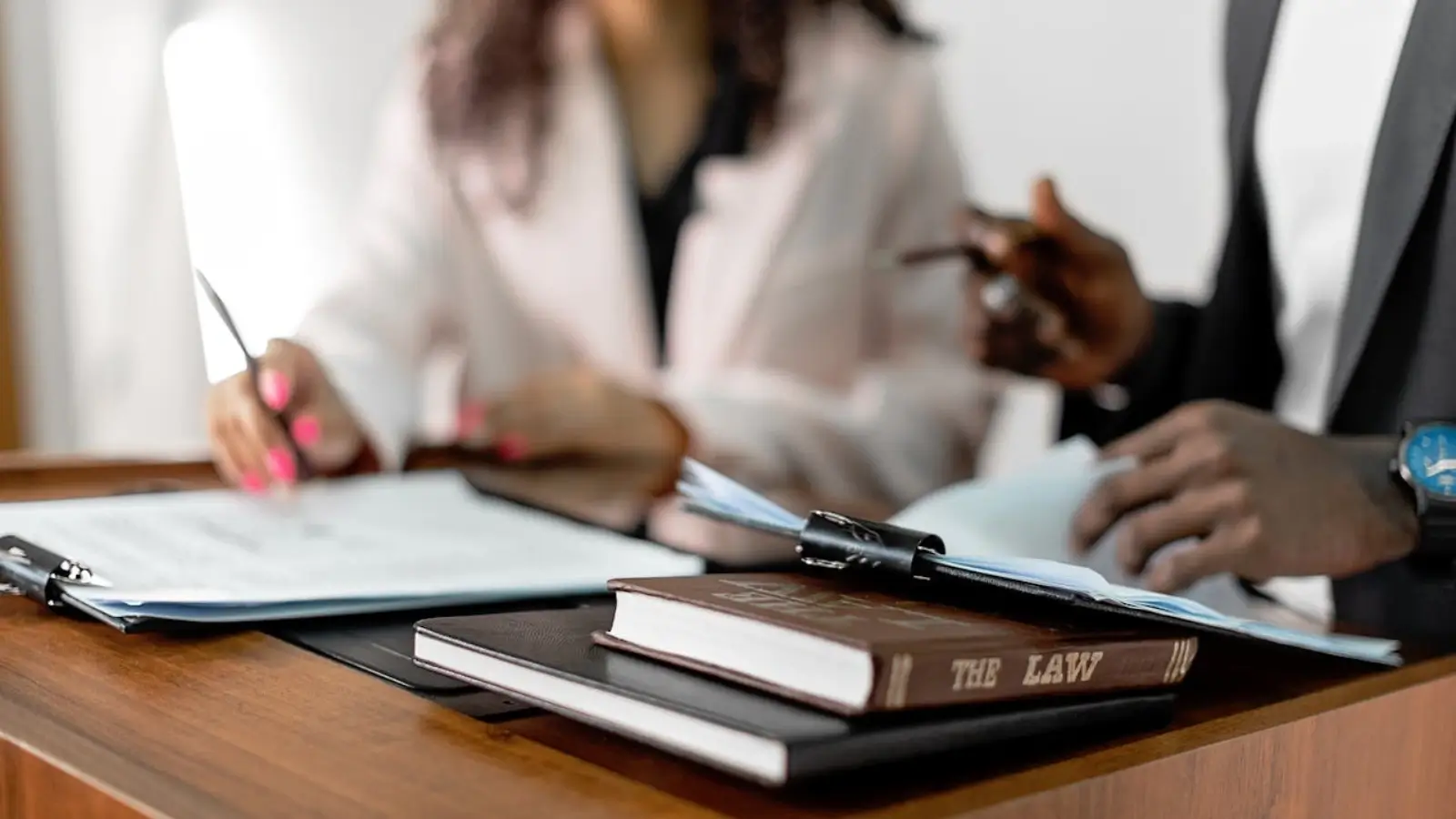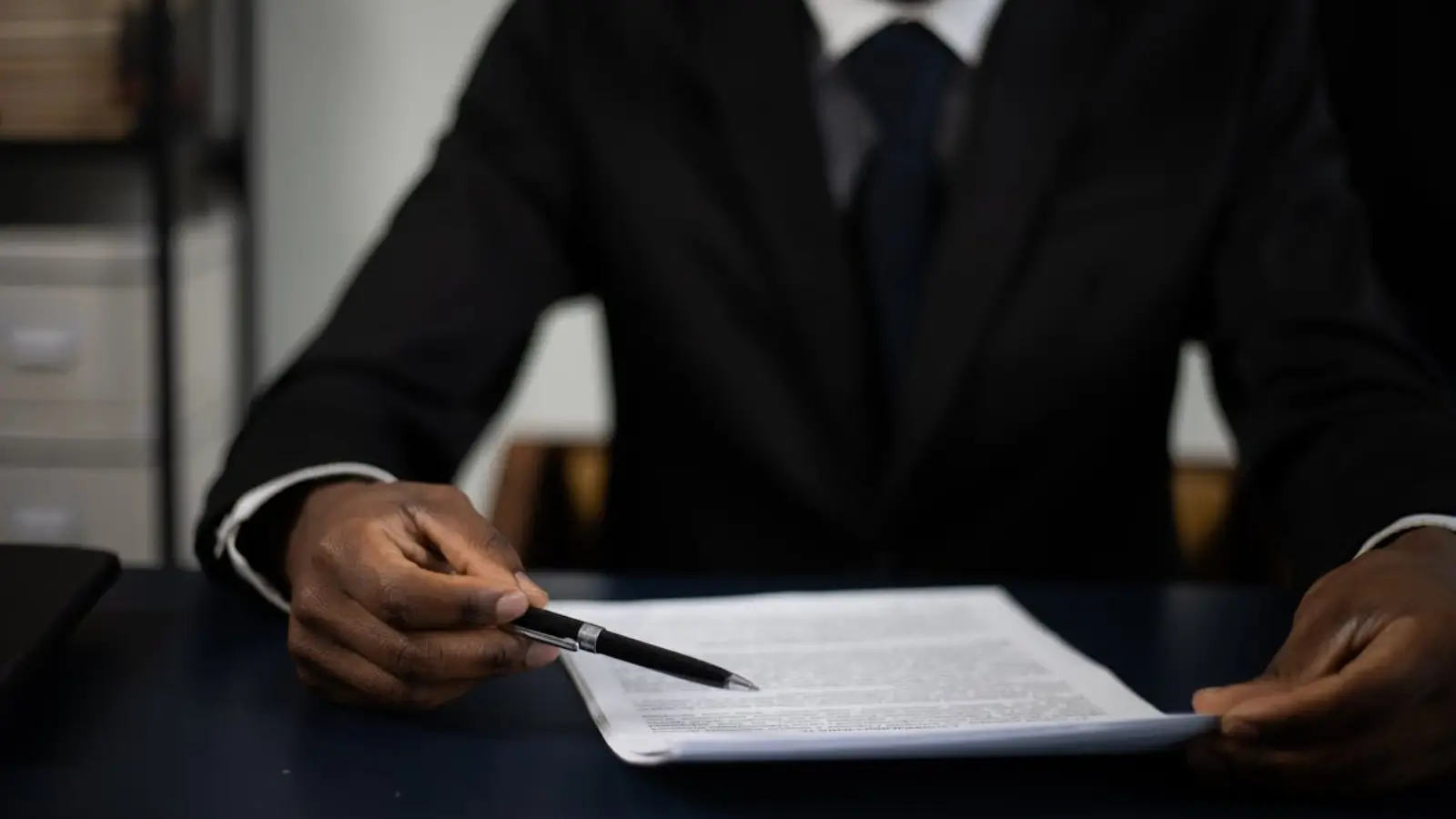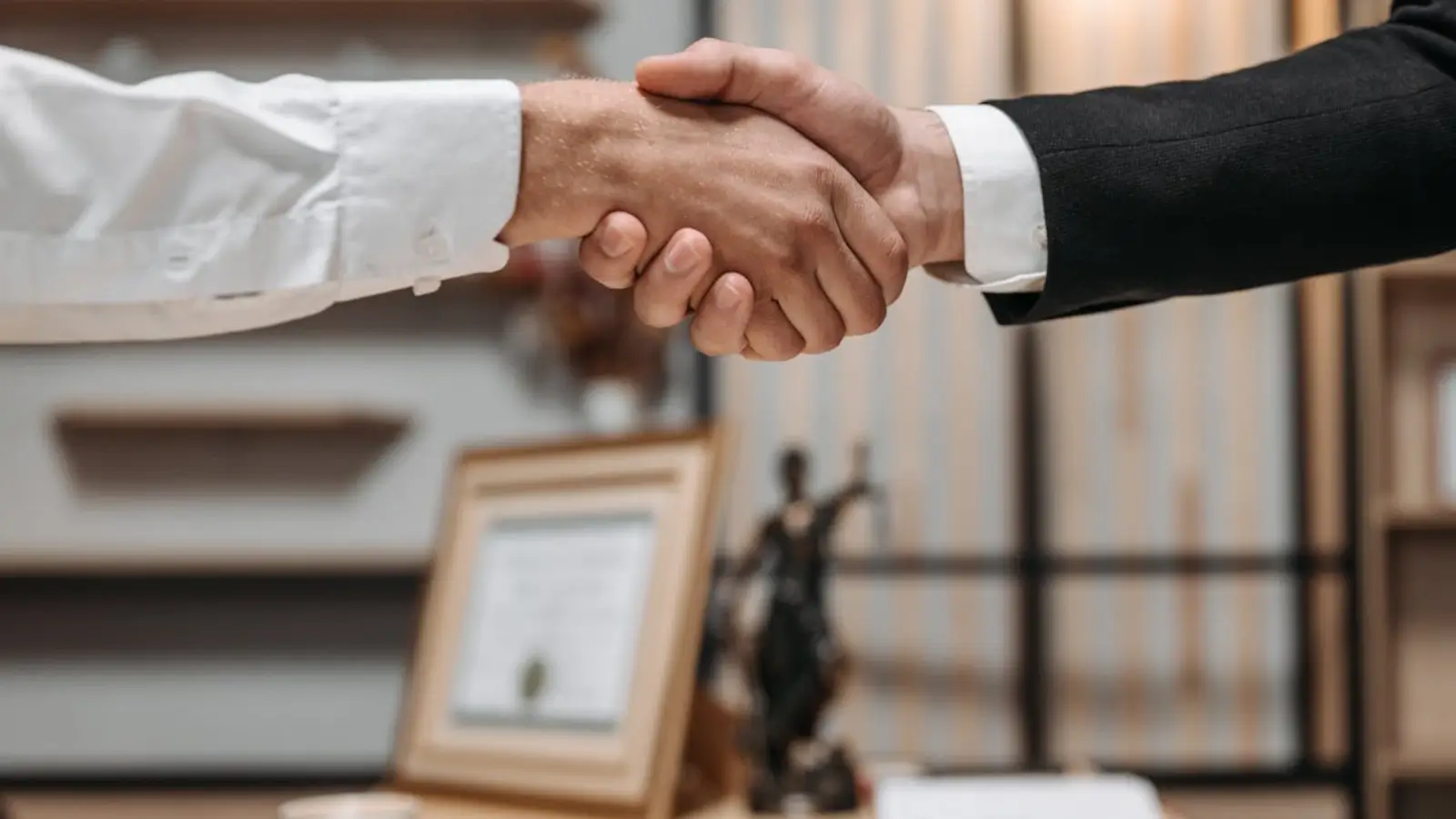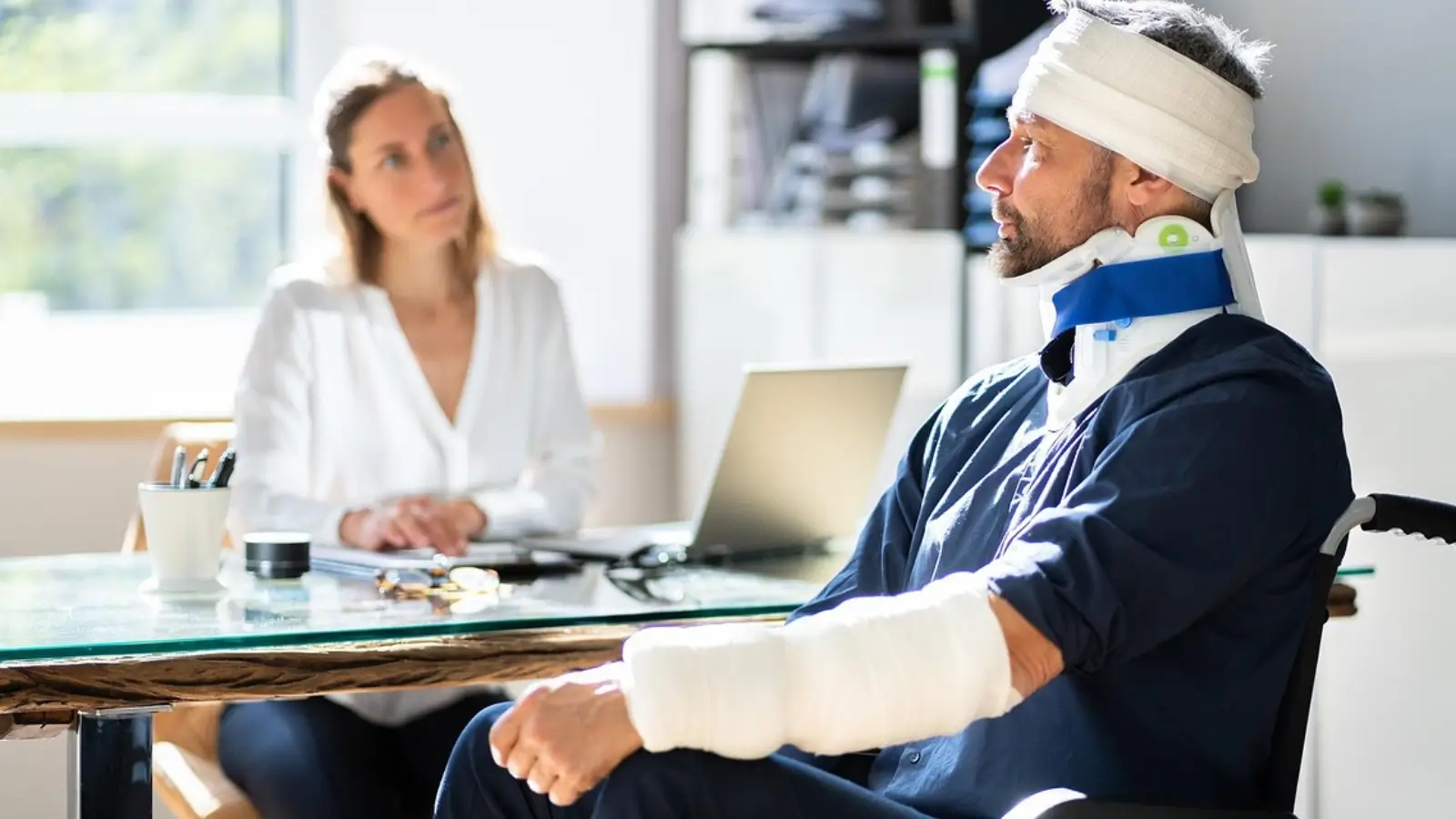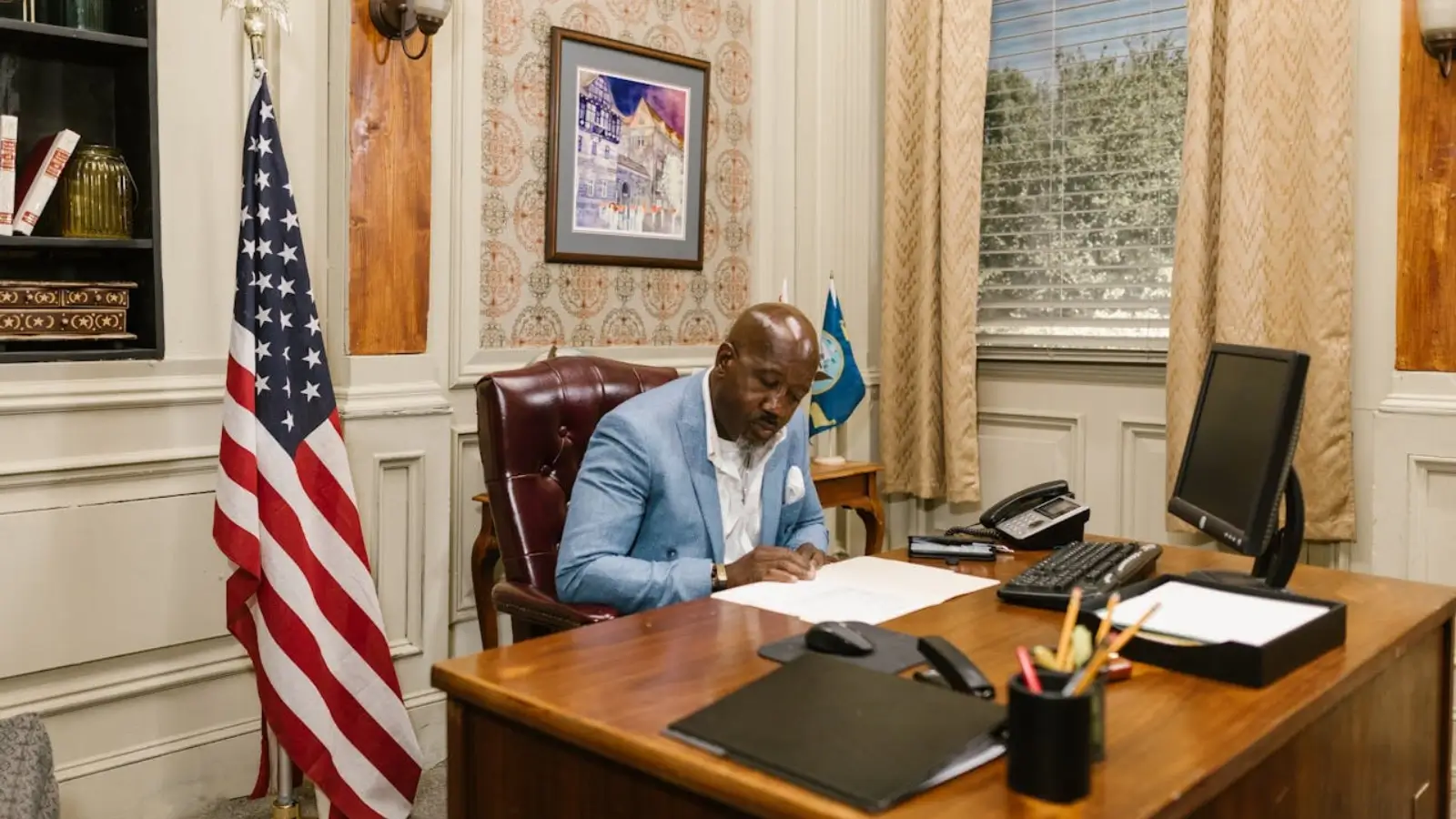Slip and fall accidents can happen anywhere—a grocery store, a restaurant, a parking lot, or even a public sidewalk. While some people walk away with minor bruises, others suffer serious injuries that can lead to long-term pain, high medical bills, and lost wages.
In this blog, we’ll break down how a personal injury law firm investigates slip and fall cases, what victims should do right after an accident, and how a legal team can help you build a strong claim and seek compensation for your injuries.
What Counts as a Slip and Fall Case?
A slip and fall claim occurs when someone is injured due to unsafe conditions on someone else's property. Common causes include:
- Wet floors with no warning signs
- Uneven or cracked pavement
- Loose rugs or mats
- Poor lighting in stairwells or hallways
- Spills or debris left unattended
In legal terms, these accidents fall under "premises liability." That means the property owner or manager could be held responsible if they knew—or should have known—about the hazard and didn’t fix it or warn visitors.
What to Do Right After the Fall
What you do immediately after a slip and fall accident can impact your case. If you're physically able, try to follow these steps:
- Report the incident. Let a manager, supervisor, or property owner know what happened. Ask them to document it.
- Take photos. Use your phone to snap pictures of the hazard, the scene, and your injuries.
- Get medical help. Even if you think you're okay, see a doctor. Some injuries like concussions or soft tissue damage don’t show symptoms right away.
- Collect witness details. If anyone saw the fall, ask for their name and phone number.
- Avoid giving statements. Don’t post about it on social media or speak to the property owner’s insurance company until you’ve talked to a lawyer.
These steps help create a paper trail, which can be important later in proving your claim.
How Law Firms Investigate a Slip and Fall Case
Once a personal injury law firm takes on your case, the investigation begins. Their goal is to find out what caused your fall, who’s legally at fault, and how your injuries have affected your life. Here’s what their process usually looks like:
1. Reviewing the Accident Scene
Attorneys and investigators often revisit the location where the fall occurred. They’ll take additional photos, measure distances, and check for any warning signs—or lack of them.
Sometimes, they may bring in safety professionals or engineers to evaluate the property’s condition. For example, was the slope of a ramp too steep? Was the lighting below safety standards?
2. Securing Surveillance Footage
If your fall happened in a place with security cameras, the legal team will act fast to get a copy of the footage. Most businesses only keep recordings for a limited time—sometimes just a few days—so this step is time-sensitive.
Surveillance video can be powerful evidence. It can show exactly how the accident happened and whether staff noticed the hazard before the fall.
3. Gathering Witness Statements
Eyewitnesses can confirm how the fall occurred and whether the hazard had been there for a while. Law firms will reach out to anyone who saw the incident or who might have knowledge about the property’s condition in the hours or days before the fall.
These statements help fill in the gaps and strengthen the victim’s story.
4. Requesting Maintenance and Inspection Records
One key question is whether the property owner knew about the dangerous condition. To answer this, a personal injury law firm will request cleaning logs, maintenance reports, or inspection schedules.
If these records show that the staff hadn’t inspected the area in hours—or skipped their routine checks altogether—it can support your claim that the property was not safely maintained.
5. Reviewing Your Medical Records
Injury documentation is essential in proving damages. The law firm will review your doctor’s notes, diagnostic tests, and treatment plan to show how serious your injuries are—and how they’ve impacted your ability to work or live your normal life.
They may also consult with medical professionals who can explain the long-term effects of your injuries and what future care you may need.
6. Calculating Damages
Once the facts are clear, your legal team will start calculating how much your case is worth. They’ll look at:
- Medical bills (past and future)
- Lost income and reduced earning ability
- Pain and emotional suffering
- Physical therapy or home care costs
This number is used to negotiate a fair settlement—or, if necessary, present your claim in court.
Why You Should Consider Legal Help
Slip and fall claims can be tricky. Property owners and their insurance companies will often try to shift the blame or claim that you weren’t paying attention. They might say the danger was “open and obvious,” or argue that you were wearing the wrong shoes.
That’s why having a personal injury law firm on your side makes a real difference. They know how to handle these tactics, gather the right evidence, and push back against unfair blame. Most work on a contingency fee, which means you don’t pay unless they win your case.
Moving Forward After a Slip and Fall
Falling in public or on someone else’s property isn’t just embarrassing—it can cause serious harm that affects your health, job, and daily life. But you don’t have to deal with it alone.
A trusted personal injury law firm can help you take the right steps, uncover the truth, and fight for fair compensation. By knowing what to expect during the investigation and acting quickly, you can give yourself the best shot at a successful outcome—and start moving forward with confidence.










